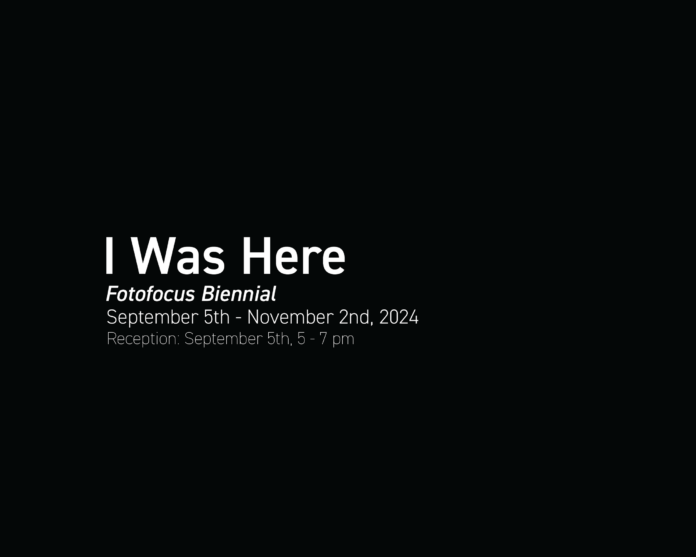THE IMPORTANCE OF SELF-REPRESENTATION
Coming of age during the Civil Rights and Women’s Liberation movements, Smith fully embraced the power of self-determination. “I never saw being a woman or being a black woman, as an obstacle. I wanted to take pictures. It wasn’t like you were going to make money – you just did it,” she says.
In 1974, just a year after she arrived in New York, Smith was able to turn a fashion go-see into an opportunity to join the photography world as the first female member of Kamoinge, the celebrated African-American photography collective.
“I went to a photographer’s loft on 20th and Fifth Avenue. While I was waiting in the outside room, I overheard (Kamoinge member) Anthony Barboza and another photographer having a debate about photography. They were talking about if it was all nostalgia or if it was an art form – at that time, photography was not considered an art form,’ she explains.
A few months later, Smith met Kamoinge member Louis Draper. He asked to see her photographs and then formally invited her to join Kamoinge. Smith accepted the offer, understanding the mission of the group aligned perfectly with her own. “They wanted to make images of the black experience themselves, rather than having the establishment photograph them. That was like being a pioneer and a revolutionary in their own right.” (Dazed, 2018)

“Seventeen emerging and underrepresented lens-based artists working in the mediums of photography, video, performance, collage, and mixed media explore the concept of proclaiming one’s existence through image-making and storytelling. In our social landscape, the phrase “____ was here” is a familiar declaration found on walls and public surfaces, symbolizing an act of marking one’s time and presence in a place. In the current social and political climate in which the complicated histories of Black people face the threat of erasure, sharing stories through the lens of Black creators and cultural producers is critical. Delving into the myriad ways of being and existing in our ever-complicated modern society, these artists offer insights on disability, gender and sexual identity, survival, imagination, aging, ancestry, community, and more.

Taking inspiration from renowned photographer Ming Smith, this exhibition evokes her perspective of “celebrating the struggle, the survival, and finding grace in it.” I Was Here celebrates Smith’s legacy while providing young artists the opportunity to present work inspired by her style.” (CCAD, 2024)
When I visited this exhibit and entered the space I felt a large sense of community from people attending the exhibit along with the representation shown amongst the work. The photo above specifically was something I could relate to and reflect thinking back to when my own mother carried me on her back the same way the mother above is carrying her own. In this moment I felt seen, my identity and culture was a story being told through imagery.
This representation in the public arena made me reflect on the significance of how stories and traditions being shared with those who don’t know about it can have a positive impact on both communities. It creates a connection and more understanding between people. It also gives people confidence that identify with the piece a sense of belonging and that they have a voice. This connects to what I’m learning about Native Americans and how they are here, thriving some willing to share their history and continue their legacies.
Source: Dazed. (2018, March 6). Meeting the first black woman to have work in MoMA’s permanent collection. Dazed. https://www.dazeddigital.com/art-photography/article/38789/1/ming-smith-the-first-black-woman-to-have-work-in-momas-permanent-collection
CCAD (Ed.). (2024, September 5). I WAS HERE, FOTOFOCUS BIENNIAL. https://www.ccad.edu/events/i-was-here-fotofocus-biennial
Portraits — Tariq Tarey. (n.d.). Tariq Tarey. https://tariqtarey.com/portraits/5njh0ytq0naszf0phjdh2xykq7umn5




